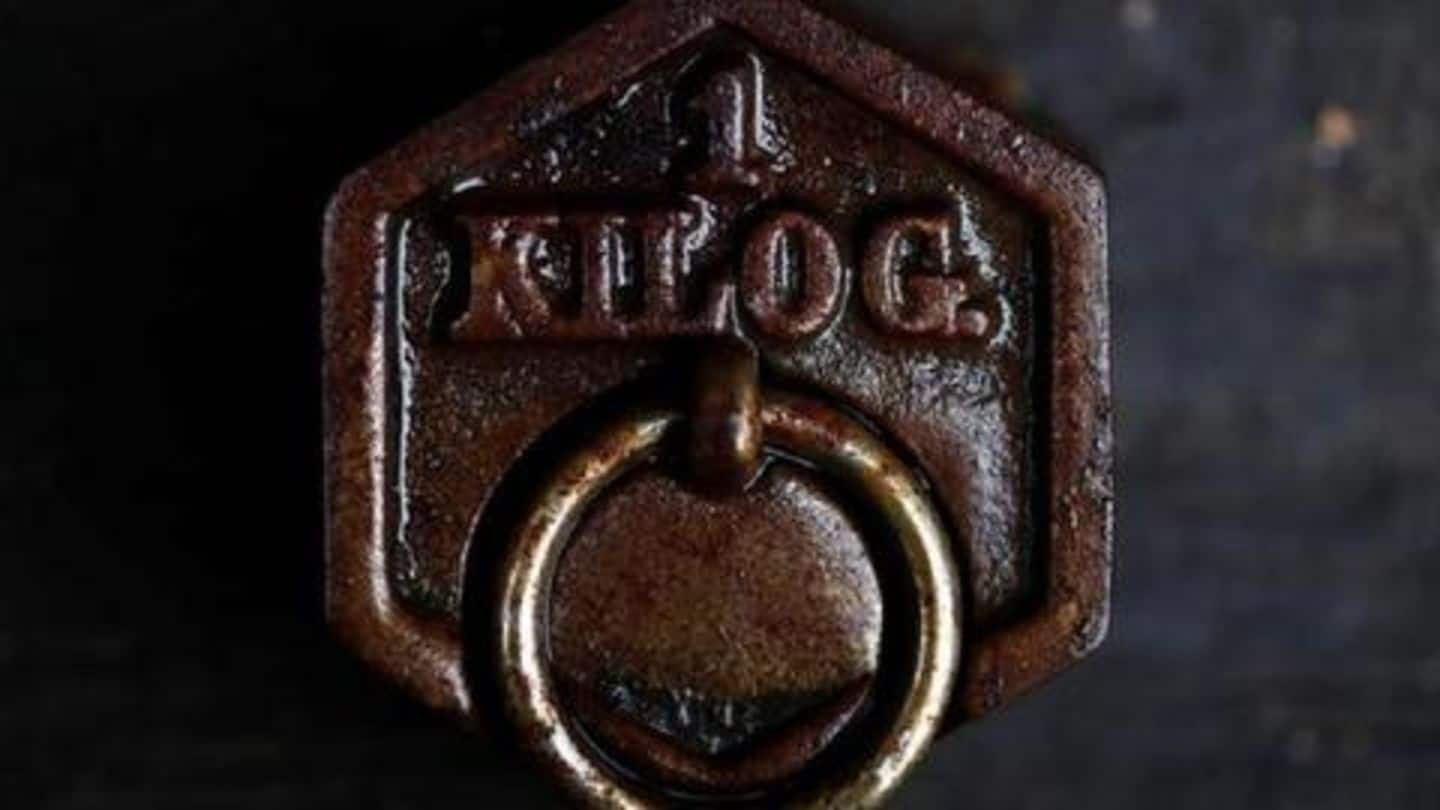
Scientists have changed the definition of a 'kilogram': Details here
What's the story
129 years after the 'kilogram' was defined, scientists have decided to change its definition, from the earlier weight-based one, to a new electric current-based one. The change in the kilogram's definition was approved on Friday at the General Conference on Weights and Measures in Versailles, France, and comes at a time when accurate measurement is becoming increasingly important in several emerging fields. Here's more.
Old definition
The current definition of a kilogram dates back to 1889
In 1889, a kilogram was defined based on the weight of a platinum-iridium ingot, dubbed the 'Le Grand K'. While the original artefact remains locked away at a vault in Paris, exact replicas of the artefact were distributed across the world, and the definition has served as the standard unit of measurement of mass in the International System of Units ever since.
Changes
Deterioration over the years prompted scientists to change the definition
However, as the original artefact, and its replicas deteriorated over time, their weights saw very slight changes, prompting scientists to consider changing the definition. Although these observed changes in weight are less than 50 micrograms or the weight of an eyelash, they have important implications, especially in fields requiring high precision, such as nanotechnology, medicine, and precision engineering.
Electrcity
How can a kilogram be defined using electricity?
Pressed with the need to create a more robust definition, scientists have thus resorted to an electrical measurement to define a kilogram. How? By using electromagnets. The pull of an electromagnet, or the force it generates, is directly related to the amount of electrical current going through its coils. It is therefore possible to have a direct relationship between electricity and weight.
Measurement
Measuring the relationship between electricity and weight
This relationship between electricity and weight is measured by something called Planck's constant, denoted by h. However, owing to h being an extremely small number, British physicist Dr. Bryan Kibble created a set of super-accurate scales in 2015 to help measure h with accuracy. The 'Kibble balance' as it is known, works like a beam balance, but has a weight on one side and an electromagnet on the other.
Planck's constant
Precise measuring techniques have allowed for the calculation of h
With an electromagnet on one side, and a weight on the other, the Kibble balance can be used to determine how much electrical current corresponds to the weight - electrical current is increased till the two sides are perfectly balanced. By measuring the current running through the electromagnet with incredible precision, scientists have now been able to calculate h with a error margin of 0.000001%, thereby paving way for precisely measuring the mass of an object in terms of electromagnetic force.
New definition
De kleine h has replaced the Le Grand K
With an accurate measurement of h now possible, "die kleine h" or the little h has now replaced Le Grand K as the definition of a kilogram. The advantage? Instead of being defined by a physical object that is bound to deteriorate, the kilogram has now been defined in terms of a fundamental constant, or an "invariant of nature".
Implications
How the change in definition affects the world
The new definition will go into effect from May 20, 2019. While it won't make any difference to how you measure a kilogram of flour or vegetables you buy from the market, it will make a world of a difference when it comes to manufacturing drugs, crafting scientific instrumentation, and pretty much any pursuit that requires incredible precision in the measurement of mass.